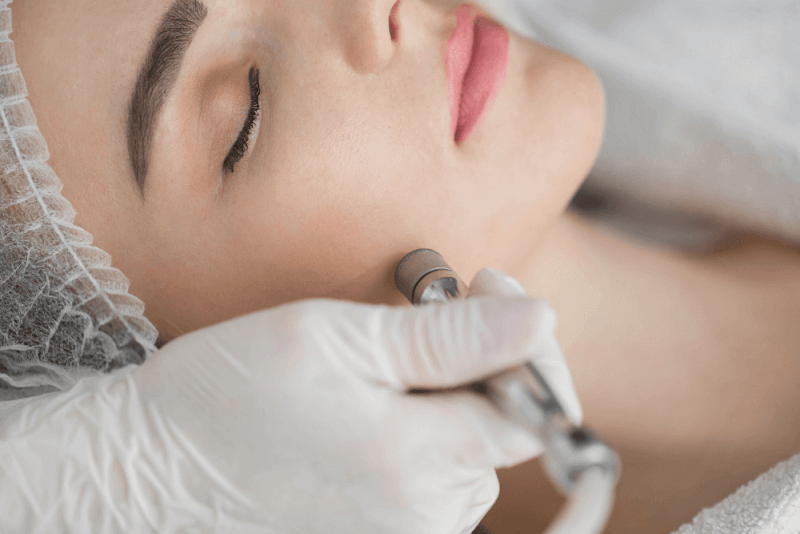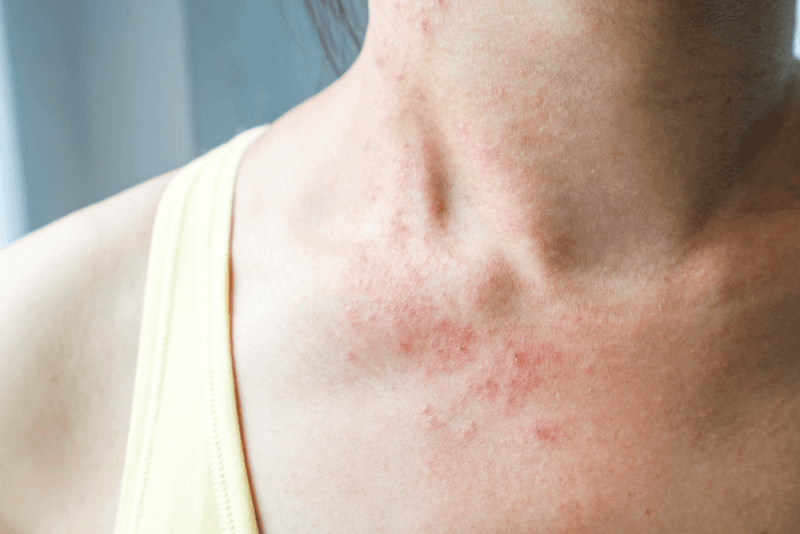What is Xeroderma Pigmentosum?
Xeroderma pigmentosum, also called XP, is a rare genetic disorder that causes hypersensitivity to sunlight. Symptoms usually appear on the lips, arms and face that are regularly exposed to sunlight. People with xeroderma pigmentosum (xeroderma pigmentosum) usually show the first symptoms in early childhood. The most characteristic symptom is severe sunburn, which can occur even after a few minutes in the sun.
How does it affect the body?
People with xeroderma pigmentosum (xeroderma pigmentosum) sunburn quickly and are at higher risk of developing skin cancer. Compared to people at average risk, people with xeroderma pigmentosum have the following characteristics
- People with xeroderma pigmentosum (xeroderma pigmentosum) have a 10,000 times higher risk of developing non-melanoma skin cancer
- The risk of developing melanoma is 2,000 times higher in these patients.
It is also known that people with xeroderma pigmentosum are more likely to develop the following cancers.
- Breast cancer
- Uterine cancer
- Thyroid cancer
- Stomach cancer
- Testicular cancer
- Pancreatic cancer
- Lung cancer
- Leukemia
- Glioblastoma
Diagnostic criteria for Xeroderma Pigmentosum
Symptoms are used to diagnose xeroderma pigmentosum (xeroderma pigmentosum). In addition, gene mutations need to be checked to confirm the diagnosis. Blood samples are taken to check for gene mutations.
Symptoms of Xeroderma Pigmentosum
The symptoms of xeroderma pigmentosum (xeroderma pigmentosum) vary, but characteristically cause various symptoms in the skin, eyes and nervous system.
Skin symptoms include the following:
- Sunburns
- Blistering of the skin due to sunburn
- Dry and thin skin
- Freckling before 2 years of age
- Increased and decreased skin pigment spots
- Skin thinning
- Red spots on the skin caused by dilated blood vessels
The symptoms of xeroderma pigmentosum (xeroderma pigmentosum) include the following. Eye symptoms usually begin to appear before the age of 10.
- Dry eye eyelid degeneration
- Corneal inflammation
- Corneal opacification
- Photosensitivity
- Eyelash loss
Over time, these visible symptoms can lead to loss of vision and even glasses. Patients with these symptoms are at higher risk of developing eye cancer.
The neurological symptoms of xeroderma pigmentosum (xeroderma pigmentosum) affect one in 4 patients. These symptoms include the following.
- Difficulty swallowing
- Loss of reflexes
- Poor muscle control
- Spasticity
- Progressive loss of cognitive skills
- Progressive hearing loss caused by inner ear nerve damage
- Smaller head size
- Vocal cord paralysis
Experts believe that these symptoms are caused by the loss of nerve cells in the brain.
Causes of Xeroderma Pigmentosum
Sun block (xeroderma pigmentosum) is a genetic disorder. It is therefore caused by mutated genes. These genes are inherited from one or both parents.
Xeroderma Pigmentosum treatment methods
There is no cure for sun exposure, but various treatment options are available to reduce symptoms. These treatment options include the following.
- Lubricating eye drops are recommended to reduce corneal inflammation in patients
- Hearing aids are prescribed to address hearing loss that worsens over time. In some cases, a cochlear implant is recommended.
- Surgical procedures are needed if patients develop skin cancer.
- Some eye diseases, such as droopy eyelids or coordination problems, also require surgical procedures.
- Corneal transplantation can be performed in cases of severe eye symptoms.
- Patients are given vitamin D supplements for sun exposure.
Which DNA damage causes Xeroderma Pigmentosum?
It is known that there are at least 8 different gene mutations that cause xeroderma pigmentosum (xeroderma pigmentosum). For patients to develop xeroderma pigmentosum, both copies of the gene must be mutated.
What is the mortality rate of Xeroderma Pigmentosum?
The vital signs of sunshine sickness vary. Because many people with this disease develop skin cancer at a very young age, their life expectancy is shortened. Protection against the harmful rays of the sun from an early age will help patients live longer.
What people with xeroderma pigmentosum should pay attention to
People with insolation need to pay attention to several points to manage their overall health, including the following.
- Protecting the skin from UV rays is the most important step in managing xeroderma pigmentosum. For this reason, it is necessary to wear clothing that protects from sunlight such as pants, long-sleeved clothes, hats and gloves. In addition, UV-blocking sunglasses should be used and broad spectrum sunscreen creams should be used. Patients are advised not to go outside when UV radiation is high.
- Patients should go for regular eye checks. Patients are advised to visit the doctor twice a year or more frequently in case of health problems such as enlargement of the eye or drooping eyelids.
- Since xeroderma pigmentosum (xeroderma pigmentosum) causes many symptoms on the skin, skin checks should be performed every 6 to 12 months. It is especially important to examine patients for signs of cancer. The entire skin should be checked by the patient at least once a month to check for skin lesions.















